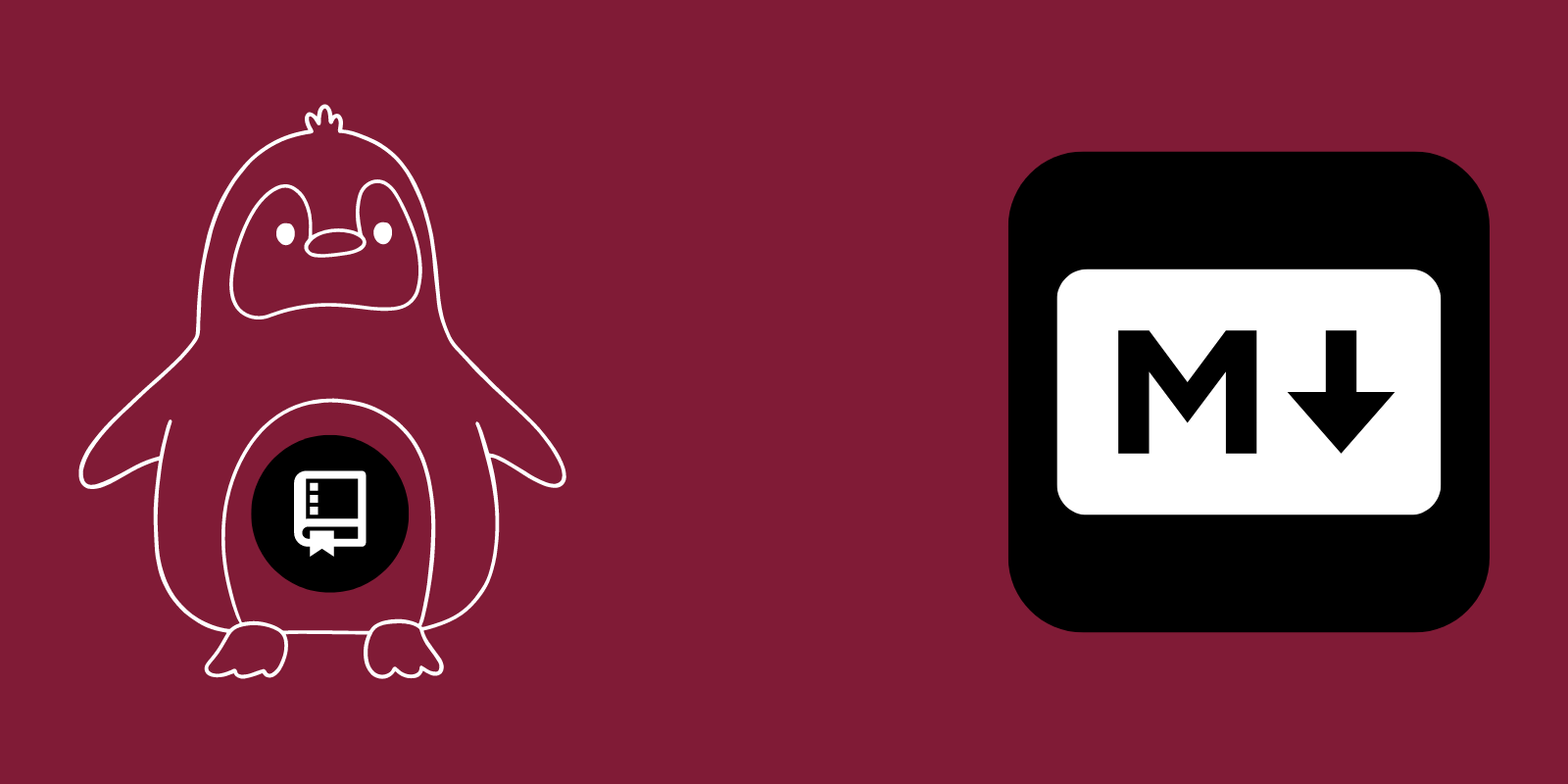Markdown, for the layman
 Javier Feliz
Javier Feliz
What is markdown?
Markdown is a standard for formatting documents. Think about when you use Microsoft Word or Google Docs and you make text
bold italic
Bigger
Smaller
That is formatting. Markdown is a standard you can learn and take it to any app that supports markdown, which is most of them nowdays.
Why should I learn markdown?
All of the formatting is done in the text itself, meaning that you don't have to move your mouse to a toolbar at the top of the program to change the formatting. The less you have to leave your keyboard, the faster you can type.
Advantages of markdown
Open standard
Since markdown is an open standard and is not owned by a particular company, once you learn it you can use it the same way in any app that supports it.
Efficiency
Since you can do all of your formatting through text, you don't have to leave your keyboard as you're typing. If you write articles, books, documentation, legal documents, you'll benefit from faster typing.
Portability
Markdown can be converted into many other formats such as:
HTML (This blog post is written in markdown)
PDF
Word documents (if you need to share on google docs for example)
Meaning that you can write your document once and export it to any format you need.
How can I get started/try it out?
You can use the following apps:
Dillinger Online editor so you can follow along with this article.
Typora $15 one time. It's like notepad with markdown support. Also supports different themes. Good for taking notes.
Obsidian Free. Great note taking tool and markdown editor.
How it works
When you write with markdown, text like this:
# My heading
This is a sentence with **bold** text as well as *italic* text.
## Smaller heading
- This
- Will
- Be
- A list
Will turn into:
My heading
This is a sentence with bold text as well as italic text.
Smaller heading
This
Will
Be
A list
Markdown formatting
Headings
We define headings with a # followed by the text. You can have from 1-6 hashes with one has being the biggest heading and decreasing in size from there.
# Heading
## Heading
### Heading
#### Heading
##### Heading
###### Heading
Heading
Heading
Heading
Heading
Heading
Heading
Bold and Italic
**bold**
*italic*
Lists
Use - for bullet points.
For numbered lists just start with 1.
For checklists use - [ ]
- This will start a bullet point list
- Another item here
1. This will be a numbered list
2. Second item
- [ ] This will be a checklist
- [ ] Another item
This will start a bullet point list
Another item here
This will be a numbered list
Second item
[ ] This will be a checklist
[ ] Another item
Conclusion
This is everything you need to get started with markdown. For most documents you won't need to go any further than what was shown above. However, if you would like to further your learning here are some additional resources:
Full guide to markdown syntax: https://www.markdownguide.org/cheat-sheet/
List of tools that support markdown: https://www.markdownguide.org/tools/
Subscribe to my newsletter
Read articles from Javier Feliz directly inside your inbox. Subscribe to the newsletter, and don't miss out.
Written by
